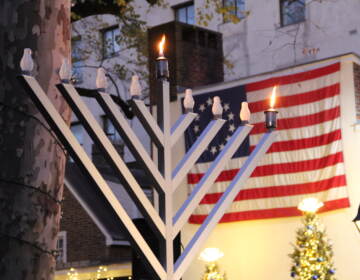African American Museum cultivates two views on the future of black farmers
-
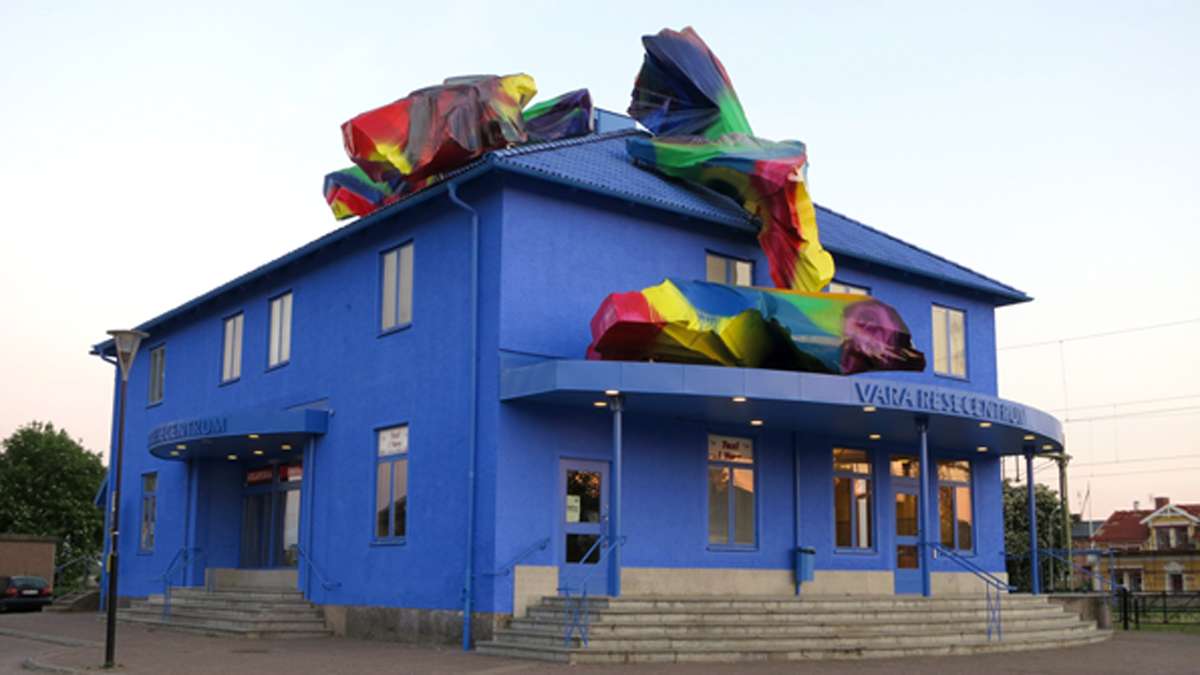
-

-

-
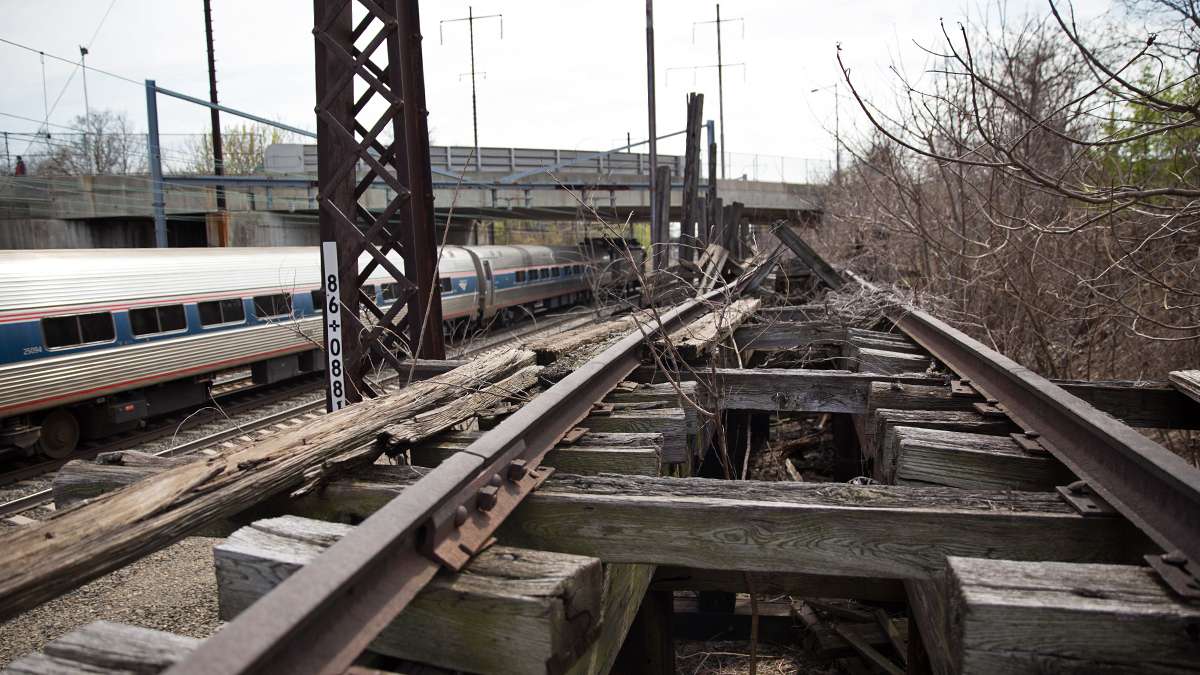
-
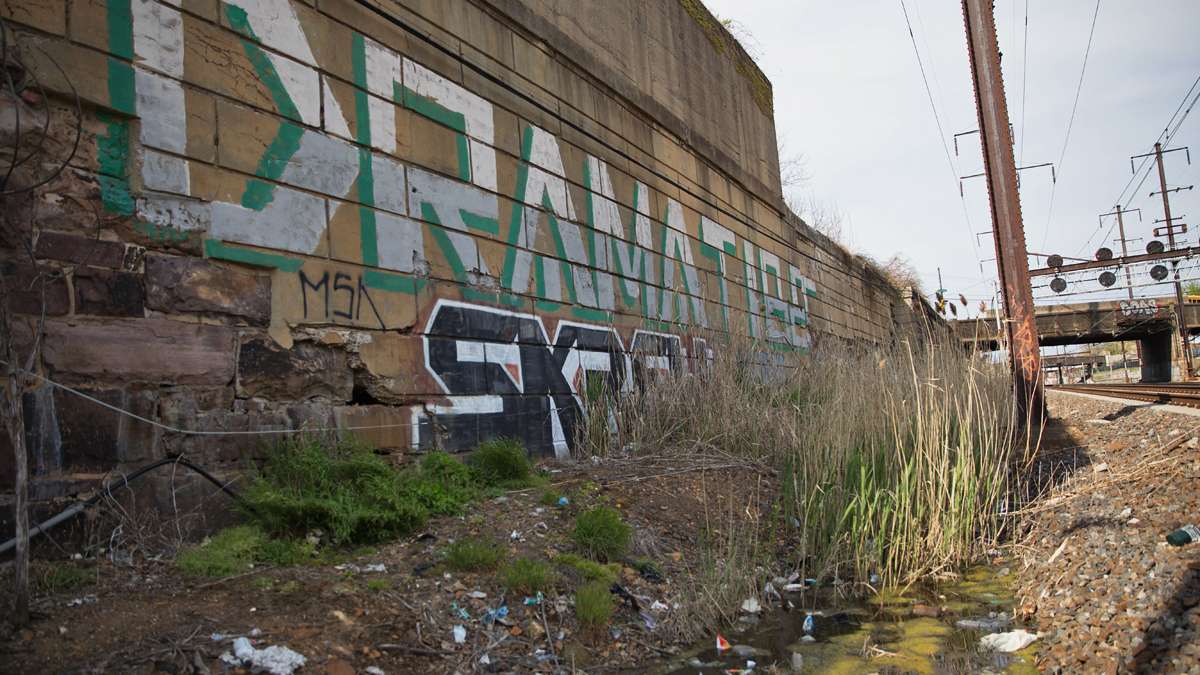
German artist Katharina Grosse sprayed huge swathes of color, and the Pennsylvania Horticultural Society will plant fields of wildflowers, along the rail corridor between 30th Street Station and North Philadelphia Station to draw attention to the need to redevelop the abandoned post-industrial area. (Lindsay Lazarski/WHYY, file)
-
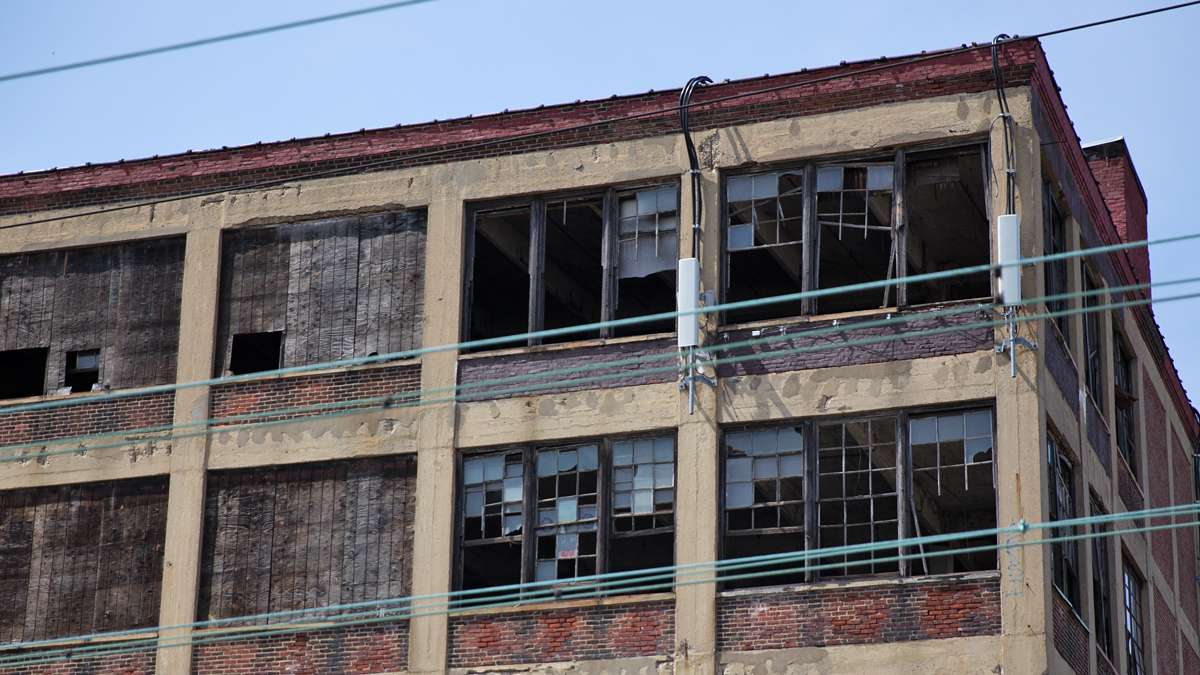
-
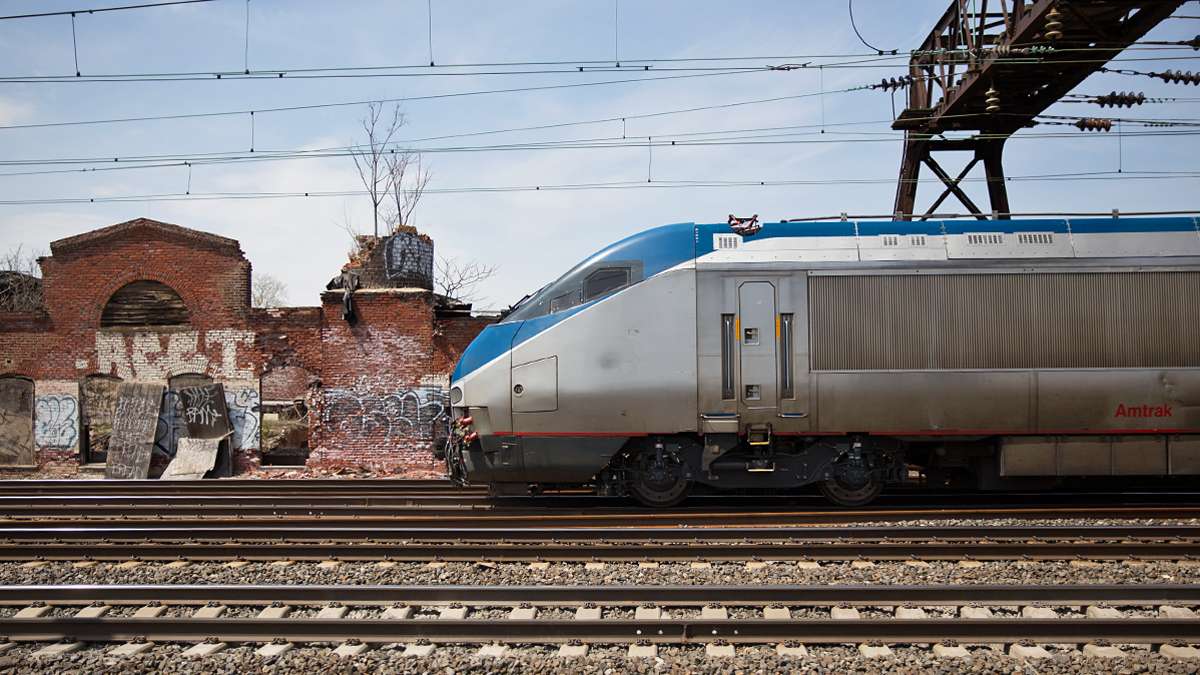
-

-
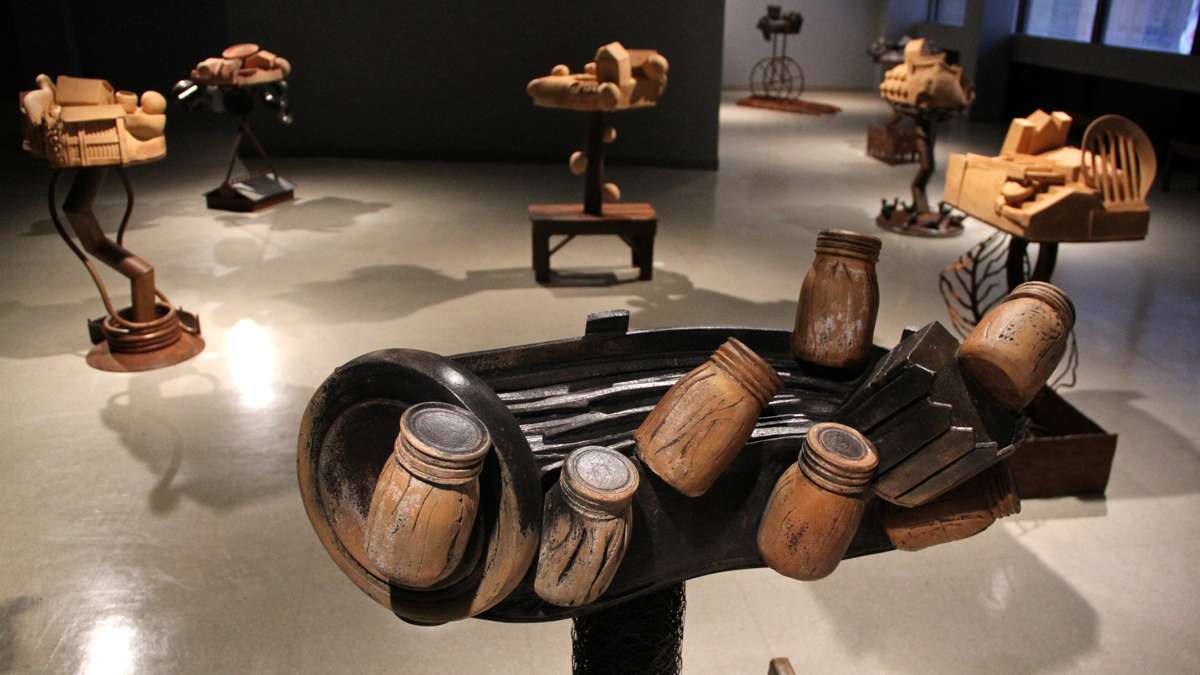
-
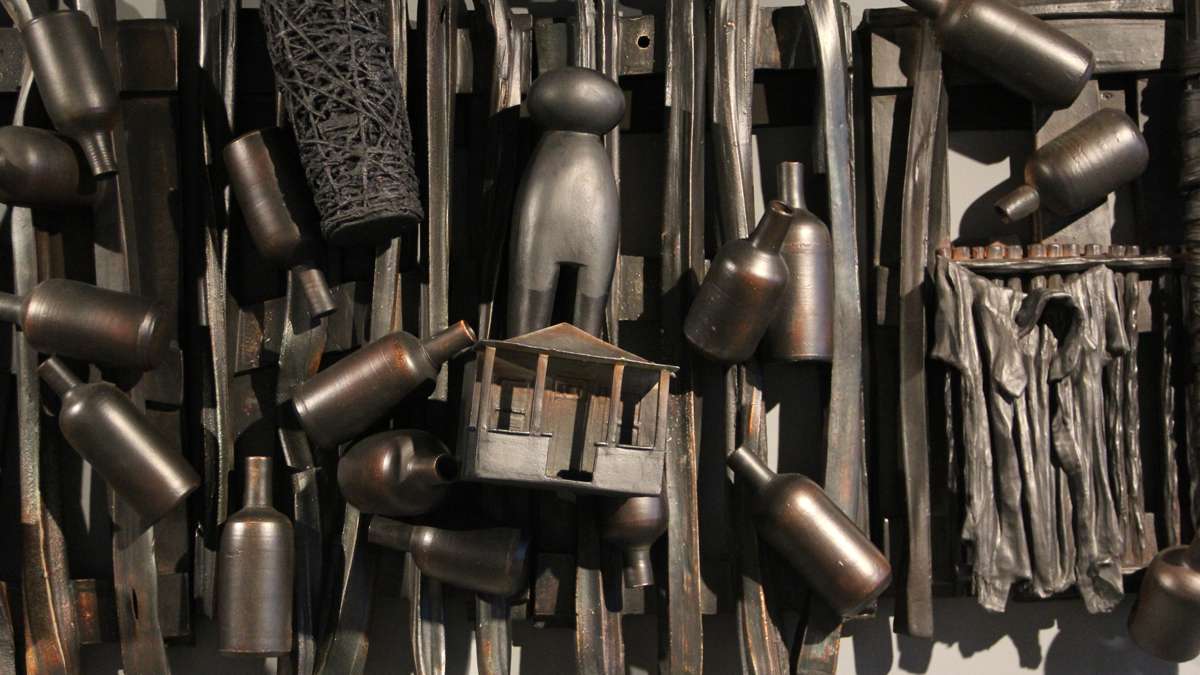
-
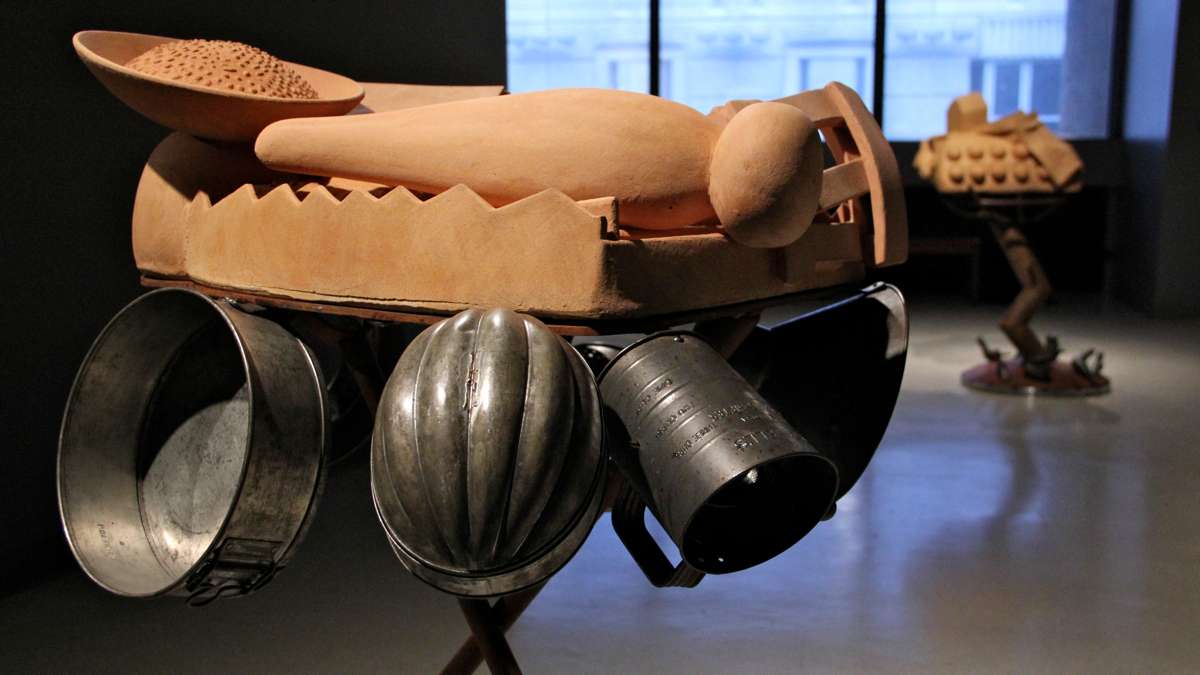
-
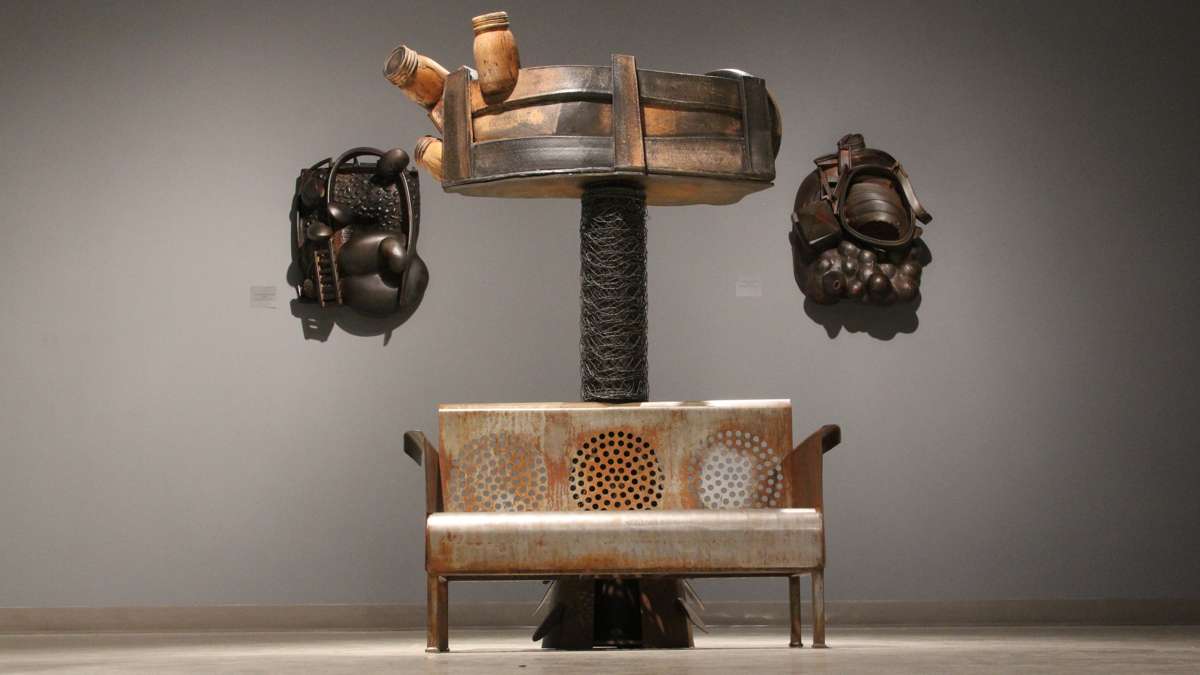
-

Is the African-American farmer dying out or about to have a renaissance?
The African American Museum in Philadelphia now has two exhibitions, each with a different perspective about the future of the black farmer.
Sculptural portraits
The fourth-floor gallery of the museum has sprouted with a field of garden sculptures created by Syd Carpenter. Each piece, made of ceramic and steel, represents a particular farm she visited during a driving tour of Georgia and South Carolina.
Carpenter, a professor at Swarthmore College, has been researching African-American farming and gardening for several years, since she learned her own grandmother was a famous “victory” gardener in Pittsburgh during World War II.
“It was well known for its beauty and production,” said Carpenter, who keeps a lush urban garden of her own at her studio in Mount Airy. “That struck a chord. I didn’t know I had that history.”
Carpenter traces the conflicted relationship African-Americans have had with farming to slavery and emancipation, when newly freed slaves were sometimes the most experienced farmers, through the tumult of Reconstruction, and into the Great Migration of the early 20th century, when black farmers left agriculture in the South, moving into Northern cities to find better work.
“After the Great Migration, people were leaving the land to find better lives in an urban setting. Other people stayed,” said Carpenter. “I was curious about who stayed. All these folks who stayed, endured the issues around Jim Crow, the burdens and oppression, at the same time they were enriched lives because they held onto the land.”
Carpenter’s sculptures are abstract portraits of individual farms. She assembled shapes distinctive to each place that capture the spirit of that farm. There are warped steel signposts, chicken wire and peaked barn roofs.
The shapes often conflict with each other, with the hard edges of machinery sharing space with the soft, natural curves of, say, an egg. They imply the work — sometimes violent work — required to manipulate nature into a productive farm.
The pieces are portraits of farms, like that of Elbert and Albert Ward, twins who raise cattle; Pearl Fryer, a renowned topiary artist in South Carolina; and the Williams Muscadine vineyard where the Williams family has been raising grapes for 90 years.
Documenting a nadir
In another gallery in the museum, black-and-white photographs by John Ficara document the life and work of modern African-American farmers. The images depict hard manual work, long days, and networks of supportive neighbors.
Ficara’s photographs are meant to show the twilight of the African-American farmer. The wall text cites census studies that show the number of black farmers has dwindled from 14 percent in 1920, to less than 1 percent in 2003.
Carpenter chooses to take a more optimistic perspective.
“The 2007 agricultural census says there are more African-American farmers since 2001. There has been an incremental increase,” said Carpenter. “If you let the narrative end with those photos, it’s negative. But come up to my show, and you see that is not the case.”
Carpenter says many studies focus on farming in rural areas, whereas innovative farming is starting to pop up in urban areas including Milwaukee, Detroit, and New York.
WHYY is your source for fact-based, in-depth journalism and information. As a nonprofit organization, we rely on financial support from readers like you. Please give today.




